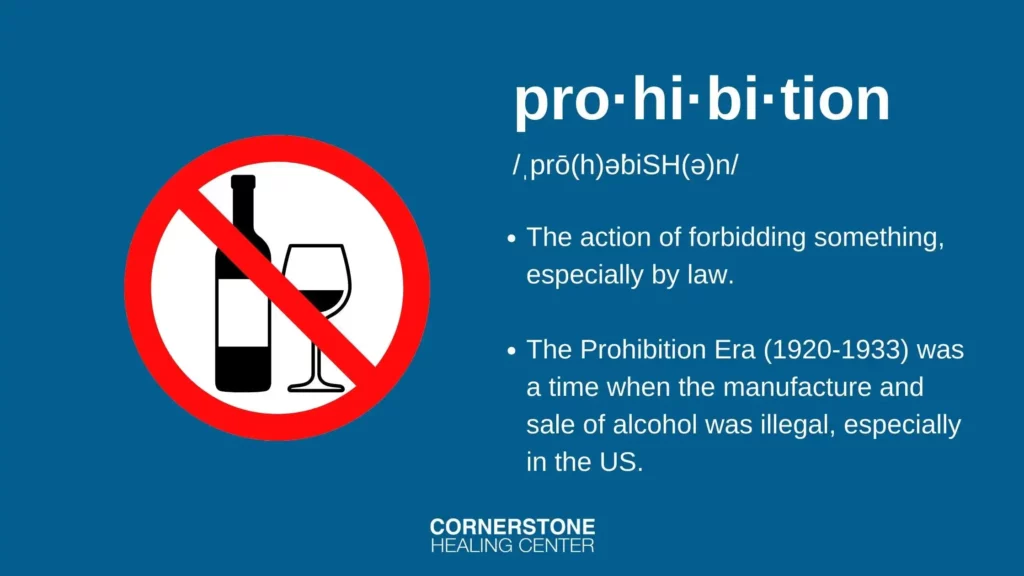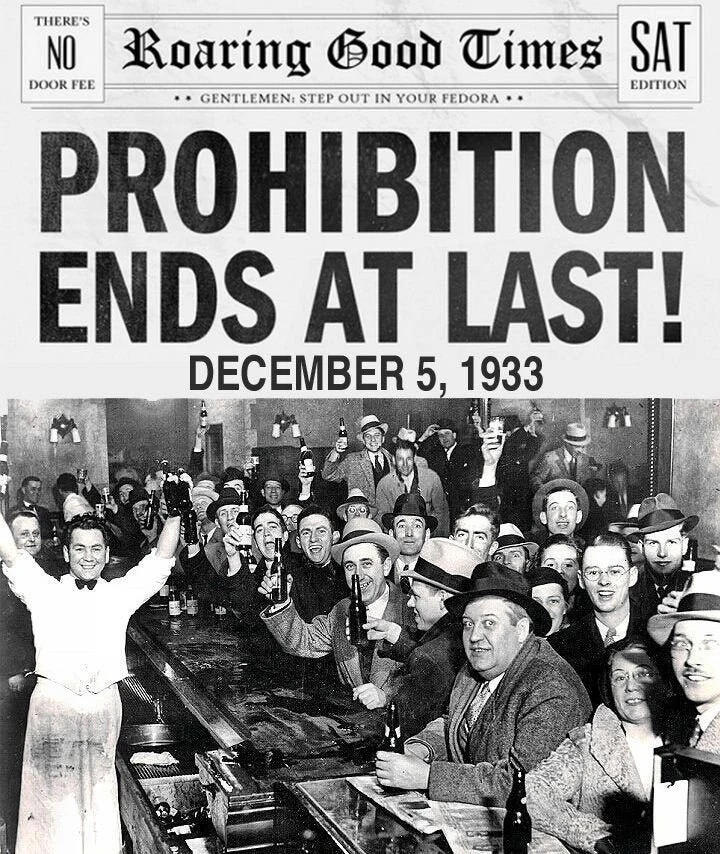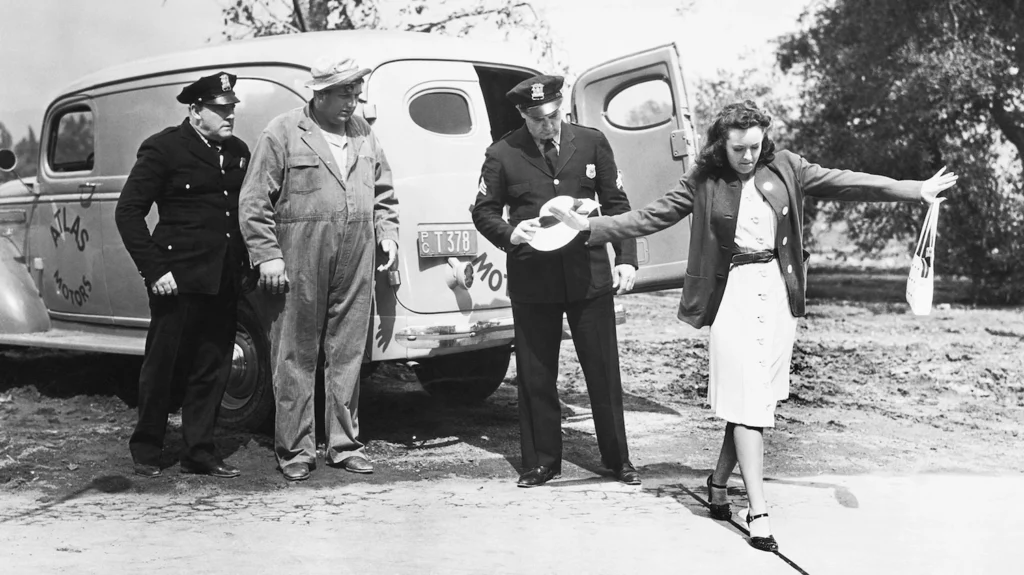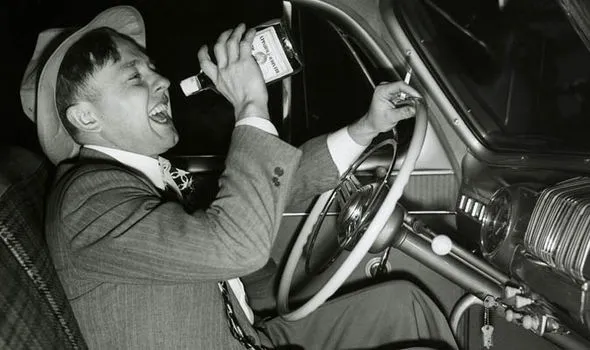Drunk driving is a dangerous practice that can have devastating consequences, and it has become a critical societal issue in modern times.
The early 20th century saw the rise of the automobile, which brought about a new era of mobility and the need for driving regulations.
Although cars represented freedom and progress, they also introduced unprecedented dangers, especially when combined with alcohol.
This article examines the history of laws against drinking and driving, from a once-accepted norm to its current illegal status.
The Birth of Automobiles and Early Driving Laws
Brief History of the Automobile’s Introduction to Public Roads
The introduction of automobiles to public roads was a revolutionary change in transportation.
Although cars began to emerge as novel inventions in the late 19th century, it was in the early 20th century that they became more widespread.
Pioneers such as Karl Benz, who created the first practical automobile in 1885, and Henry Ford, who revolutionized automobile manufacturing with the Model T in 1908, played pivotal roles in this transition.1
The automobile symbolized progress and modernity, offering unprecedented mobility and reshaping the landscape of both cities and rural areas.
Lack of Initial Regulations Regarding Driving Under the Influence
During the early years of automobile use, there were hardly any regulations specifically related to driving.
This lack of regulation extended to driving under the influence (DUI).
The rapid adoption of automobiles outpaced the development of traffic laws.
Therefore, speeding, reckless driving, and DUI were not immediately addressed.
Roads, which were primarily designed for horses and carriages, became grounds for accidents and chaos.
This was because there were no standardized traffic laws or enforcement mechanisms to ensure safety.
Societal Attitudes Towards Drinking and Driving in the Early 1900s
During the early 1900s, people did not consider drinking and driving a serious offense.
Alcohol consumption and driving were common aspects of social life.
The risks and dangers associated with drunk driving were not widely recognized or understood, partly due to the novelty of automobiles and the lack of statistical data on traffic accidents.
However, as the number of automobile-related accidents increased, it became evident that stringent laws were needed to address the issue of drunk driving.
This led to a significant shift in both legal and societal perceptions of drunk driving, resulting in the establishment of comprehensive traffic laws, including those targeting DUI.

The Prohibition Era and Its Influence
The Impact of the Prohibition (1920-1933) on Alcohol Consumption and Regulation
The Prohibition Era, which lasted from 1920 to 1933, was a significant time in the history of the United States.
During this period, the production, sale, and transportation of alcoholic beverages were prohibited under the 18th Amendment and the Volstead Act.
The purpose of this ban was to reduce alcohol abuse and related problems, but its results were often counterproductive.
Prohibition led to an increase in the illegal production of alcohol and the establishment of unlicensed drinking places known as speakeasies.2
Organized crime also grew, taking advantage of the illicit liquor trade.
Although drinking levels initially dropped, they began to rise again as people found ways to bypass the law.
The era drastically changed the American social fabric, highlighting the challenges of enforcing such a broad ban and impacting public attitudes towards alcohol regulation and law enforcement.

Connection Between the Repeal of Prohibition and the Need for Drunk Driving Laws
In 1933, Prohibition was repealed with the 21st Amendment, which led to an increase in legal alcohol consumption.
However, this brought new challenges, especially in terms of road safety.
With alcohol becoming readily available again, people began to recognize the dangers of drinking and driving.
This was a time when automobiles were becoming more common, and roads were getting busier than ever, making laws against drunk driving more crucial.
After the Prohibition, there was a gradual but significant change in how society and lawmakers viewed driving under the influence.
Governments started recognizing the hazards of drunk driving, which led to the creation and implementation of DUI laws.
Although these laws were initially basic and differed significantly between states, they laid the foundation for more comprehensive regulations that would follow.
The repeal of Prohibition played a pivotal role in highlighting the need for legal measures to ensure road safety in the face of increasing alcohol consumption and automobile usage.
The Shift in Public Perception
How Public Opinion on Alcohol and Driving Began to Change
During the mid-20th century, the perception of alcohol and driving changed significantly among the public.
As more people owned cars, there were more road accidents, and awareness of the dangers of drunk driving began to emerge.
Initially, drinking and driving were not universally seen as reckless or dangerous.
However, as evidence of accidents involving alcohol increased, the public started to recognize the risks.
The media’s coverage of tragic accidents and growing awareness of alcohol’s impairing effects on judgment, reaction time, and motor skills contributed to this shift.
Campaigns by safety advocates and organizations also played a significant role in educating the public and advocating for stricter laws.
The Role of the American Medical Association (AMA) in Studying and Highlighting the Risks
The American Medical Association (AMA) played a crucial role in studying and highlighting the risks associated with drunk driving.
From the early to mid-20th century, the AMA conducted research and published findings on the effects of alcohol on driving abilities.
Their studies provided scientific evidence to support the claim that alcohol significantly impairs driving skills, which increases the risk of accidents.
With the AMA’s involvement, the growing concerns around drunk driving gained credibility, and public opinion shifted from seeing it as merely irresponsible to recognizing it as a significant public health issue.
The AMA’s advocacy helped inform policy decisions and led to the implementation of more stringent DUI laws.
This change in perception fostered a widespread agreement on the need for stricter regulations and enforcement as essential measures for public safety.

Establishing Legal Limits and Enforcement
Timeline of States Beginning to Criminalize Drunk Driving
The criminalization of drunk driving in the United States was a gradual process, with different states adopting laws at other times.
New York was among the first states to pass a law against drunk driving in 1910.
However, the early laws were vague and lacked clear definitions of what constituted driving while intoxicated.
As automobiles became more common and the dangers of drunk driving more apparent in the 1920s and 1930s, more states began to enact laws against it.
Each state set its standards and regulations, leading to an incremental process of establishing and enforcing drunk driving laws across the country.
The First Laws Enacted and the Variations in Enforcement and Penalties
The first laws enacted to combat drunk driving varied significantly from state to state, both in their language and in how they were enforced.
Many early laws lacked specificity and were difficult to enforce due to the absence of objective measures for intoxication.
Penalties also varied widely, ranging from small fines to jail time.
Initially, enforcement was challenging due to the lack of reliable methods to determine a driver’s level of intoxication.
This led to inconsistencies in how the laws were applied, and convictions were often based on subjective assessments by law enforcement officers.

Introduction and Standardization of Blood Alcohol Concentration (BAC) Limits
The introduction and standardization of Blood Alcohol Concentration (BAC) limits was a significant development in enforcing drunk driving laws.
In 1938, Dr. Rolla N. Harger invented the Drunkometer, and later, in the 1950s, Robert F. Borkenstein developed the Breathalyzer, providing law enforcement with practical tools to measure a driver’s level of intoxication objectively.3
Different states started to adopt BAC limits in the 1950s and 1960s, with varying thresholds.
However, it was in the 1980s that a more uniform standard emerged.
One central turning point was the American Medical Association and the National Safety Council’s endorsement of a 0.08% BAC limit.
The federal government also pushed for a standardized limit.
By 2004, all 50 states, the District of Columbia, and Puerto Rico had adopted the 0.08% BAC limit as the legal threshold for driving while intoxicated.
This standardization represented a critical step in the national effort to reduce and prevent drunk driving, providing a clear, measurable standard for law enforcement and helping to unify the legal approach across different jurisdictions.
The Role of Advocacy and Tragedy
The Founding of Organizations Like Mothers Against Drunk Driving (MADD) in the 1980s
The 1980s marked a crucial turning point in the fight against drunk driving, significantly shaped by high-profile cases and the emergence of advocacy groups, most notably Mothers Against Drunk Driving (MADD).4
Founded in 1980 by Candy Lightner after the tragic death of her 13-year-old daughter at the hands of a repeat drunk-driving offender, MADD became a pivotal force in reshaping public perception and legislation on drunk driving.
Tragic accidents, often highlighted in the media and involving innocent victims, including children and families, spurred public outcry and called for immediate legal action.
This surge in awareness, championed by MADD’s efforts to support victims and lobby for stringent laws, led to substantial changes in DUI regulations.
Key legislative advancements included the lowering of legal blood alcohol concentration (BAC) limits, the implementation of sobriety checkpoints, and stricter penalties for DUI offenses.
These efforts collectively transformed drunk driving from a personal choice issue to a significant societal concern, emphasizing the need for more rigorous regulations and enforcement to ensure public safety.
High-Profile Accidents and Their Role in Shaping Legislation
High-profile accidents caused by drunk drivers played a crucial role in prompting public and legislative action against drunk driving.
These incidents, which often involved multiple fatalities or young victims, captured national attention and outrage, forcing lawmakers to take stricter measures.
These accidents highlighted the devastating consequences of drunk driving and emphasized the need for stronger laws and enforcement mechanisms.
The media coverage of these tragedies, along with the personal stories shared by advocacy groups like MADD, helped humanize the issue, making it more relatable and urgent for the general public and policymakers.
Statistics Showing the Prevalence of Drunk Driving Prior to These Advocacy Movements
Before the advocacy movements of the 1980s, drunk driving was a widespread and often overlooked problem.
Statistics from the period show a concerning picture:
• High Rates of Fatalities and Accidents: In the years leading up to the 1980s, a significant proportion of traffic-related fatalities involved alcohol. For instance, in the late 1970s, alcohol was involved in over 60% of traffic fatalities in the United States.
• Underreporting and Lack of Awareness: Many cases of drunk driving went unreported or were not officially linked to alcohol due to the lack of stringent testing and reporting protocols.
• Public Perception: Surveys from the era indicated that while drunk driving was recognized as a problem, it was not yet seen as a major societal issue warranting significant legal and policy changes.
The alarming statistics and poignant stories shared by advocacy groups prompted a significant change in the way society viewed and tackled drunk driving.
The efforts of these organizations, coupled with the harsh reality of the figures, played a crucial role in turning drunk driving from a frequently condoned behavior into an act that was socially and legally unacceptable.
Modern Drunk Driving Legislation
How Legislation Has Evolved Since the First Laws Were Put in Place
Since the early 20th century, drunk driving legislation has undergone significant evolution.
From vague and loosely enforced laws, we now have a comprehensive set of regulations that are strictly enforced.
Key developments include:
• Standardization of BAC Limits: The nationwide adoption of 0.08% as the legal BAC limit for drivers over 21 is a significant milestone. This standardization has provided clarity and uniformity in enforcement across states.
• Zero Tolerance Laws for Underage Drivers: Many states have implemented zero-tolerance laws, setting the legal BAC limit at 0.00% or 0.02% for drivers under 21.
• Increased Penalties: Penalties for DUI offenses have become more severe, including heavier fines, longer jail sentences, mandatory alcohol education programs, and the installation of ignition interlock devices for repeat offenders.
• Sobriety Checkpoints and Increased Enforcement: The use of sobriety checkpoints and increased patrolling has been aimed at deterring drunk driving.
• Awareness and Education Programs: There is a greater emphasis on education and awareness campaigns to prevent drunk driving.
Current BAC Limits and the Rationale Behind Them
The current BAC limit of 0.08% is set for drivers over 21 years old based on research indicating that impairment increases significantly at and beyond this threshold.
At this level, a driver’s muscle coordination becomes poor, and there is a noticeable impairment in judgment, self-control, reasoning, and memory – all critical skills for safe driving.
This limit is a compromise between allowing adults to consume alcohol in moderation while maintaining road safety.
For commercial drivers, the limit is usually lower at 0.04%.
Most states enforce a zero-tolerance policy for underage drivers, reflecting the increased risk and lack of experience among younger drivers.
Effectiveness of Modern Laws and the Continued Challenges
Modern drunk driving laws have been effective in reducing the incidence of DUI and DUI-related accidents.
The combination of stricter laws, improved enforcement techniques, and increased public awareness has contributed to a significant decrease in drunk driving fatalities over the years.
However, challenges remain:
• Repeat Offenders: Despite harsher penalties, there are still cases of repeat DUI offenses, indicating the need for more effective intervention and rehabilitation programs.
• Balancing Rights and Safety: Implementing laws such as sobriety checkpoints can sometimes raise concerns regarding individual rights versus public safety.
• Changing Patterns of Substance Abuse: With the rise in the use of prescription drugs and marijuana, law enforcement faces new challenges in identifying and prosecuting impaired driving not solely related to alcohol.
• Cultural and Behavioral Change: Although laws are stricter, achieving a cultural shift where drunk driving is universally condemned and avoided remains a challenge.
While significant progress has been made in combating drunk driving through legislation, ongoing efforts are needed to adapt to new challenges and continue reducing the incidence of this dangerous behavior.
The Evolution and Impact of Drunk Driving Laws
Looking back at the history of drunk driving laws highlights their vital role in ensuring the safety of our society.
These regulations have been evolving since the early 20th century and are not just legal requirements but serve as essential protectors in our daily lives.
In today’s fast-paced society, where risks are often underestimated, the importance of these laws remains paramount.
The fight against drunk driving is ongoing and requires continuous vigilance, both legally and in the public consciousness.
Remembering the past and the lives it has affected is crucial in maintaining momentum in this essential fight for road safety and responsibility.
Navigating the Legal and Personal Challenges of DUI
Cornerstone Healing Center in Scottsdale, AZ, is here to help if you’re dealing with legal troubles due to a DUI.
Our DUI Programs and Courses offer DMV and MVD-approved online DUI Classes, Alcohol Screenings, and DUI Screening Assessments that can be accessed from anywhere and at your convenience.
For those struggling with alcohol addiction, Cornerstone offers comprehensive treatment services.
We take a holistic approach to alcohol addiction treatment, ensuring long-lasting recovery and healing.
Our dedicated team is committed to supporting you every step of your journey to sobriety and wellness.
Reach out to us today for a free and confidential assessment!






